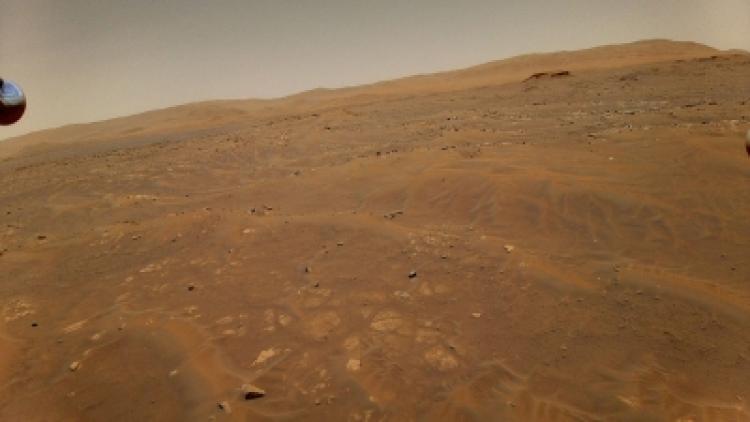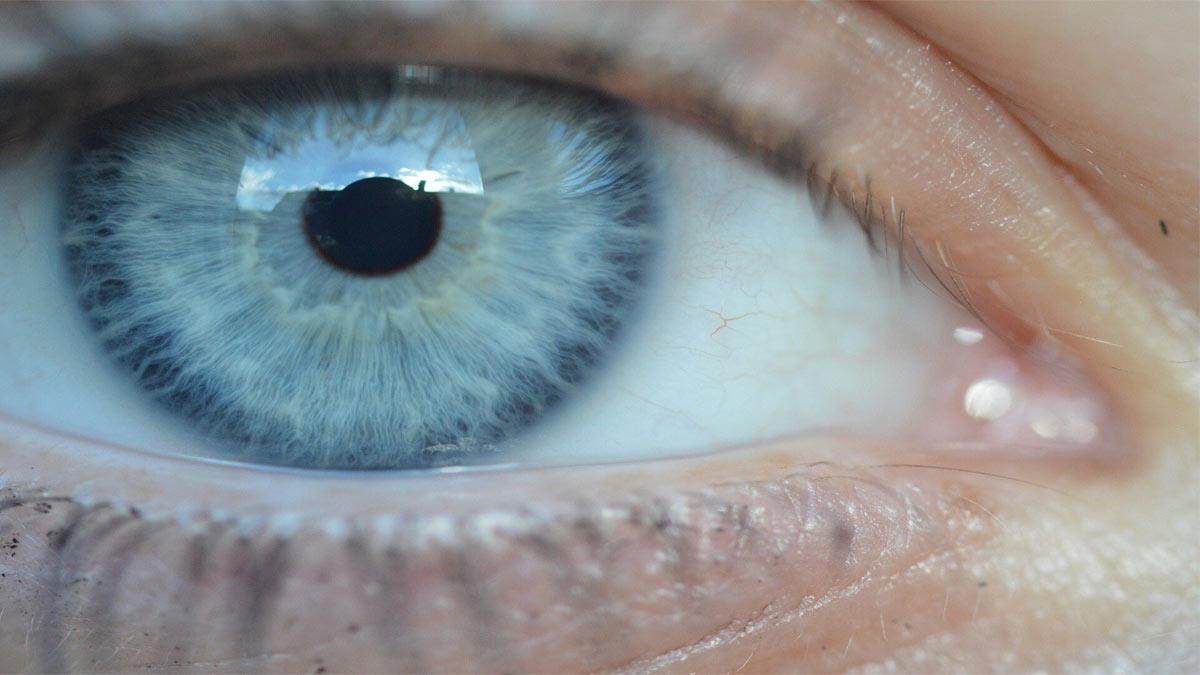NASA's Ingenuity Mars Helicopter encountered a navigational glitch on its sixth flight on the Red Planet and went on an excursion of more than 20 degrees, the first problem since its first flight in April.
However, Ingenuity was able to maintain flight and land safely on the surface at the intended landing location, the US space agency said on Thursday.
Approximately 54 seconds into its sixth flight on May 22, at an altitude of 33 feet (10 metres), it suffered a glitch in the pipeline of images being delivered by the navigation camera.
Also Read | Sniffer dogs show 88% accuracy in detecting Covid: UK study
Besides the loss of an image, it resulted in all later navigation images being delivered with inaccurate timestamps.
Ingenuity began adjusting its velocity and tilting back and forth in an oscillating pattern. This behaviour persisted throughout the rest of the flight.
"Prior to landing safely, onboard sensors indicated the rotorcraft encountered roll and pitch excursions of more than 20 degrees, large control inputs, and spikes in power consumption," wrote Havard Grip, Ingenuity Mars Helicopter Chief Pilot at NASA's Jet Propulsion Laboratory, in a blogpost.
Also Read | Organic salts detected on Mars: NASA
"The resulting inconsistencies significantly degraded the information used to fly the helicopter, leading to estimates being constantly 'corrected' to account for phantom errors," Grip said.
The helicopter landed safely due to certain design features, Grip said.
The helicopter is designed to tolerate significant errors without becoming unstable, including errors in timing. Another design decision -- not using navigation camera images during the final phase of the descent to landing -- also played a role in helping Ingenuity land safely.
"Ingenuity ignored the camera images in the final moments of flight, stopped oscillating, leveled its attitude, and touched down at the speed as designed," Grip said.
A number of subsystems -- the rotor system, the actuators, and the power system -- also responded to increased demands to keep the helicopter flying.
"In a very real sense, Ingenuity muscled through the situation, and while the flight uncovered a timing vulnerability that will now have to be addressed, it also confirmed the robustness of the system in multiple ways," Grip said.
Ingenuity Mars flew to the Red Planet on February 18, while being attached to the belly of NASA's Perseverance rover.
It became the first to test power flight on another world and to capture the colour image of the Martian surface. In its fifth flight, the mini helicopter also completed a first short one-way trip.


















